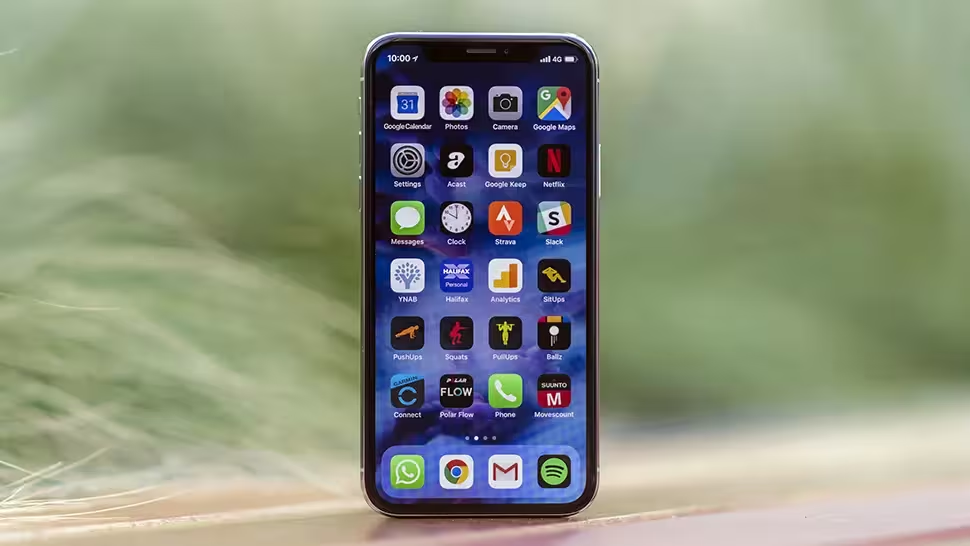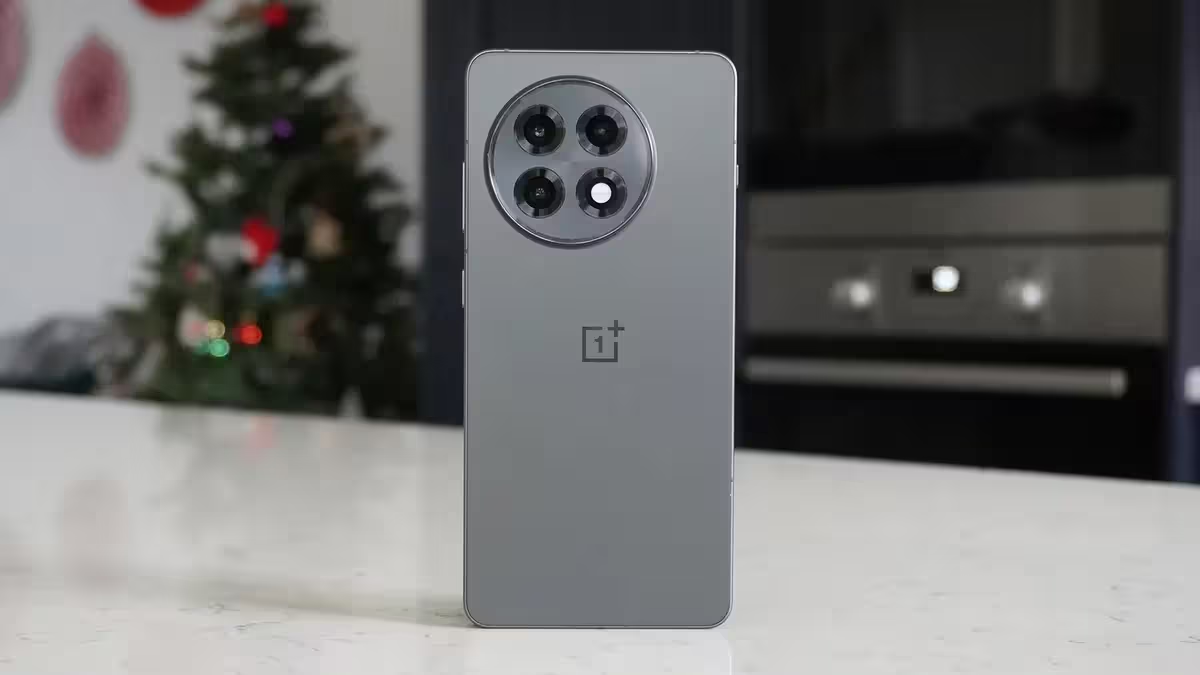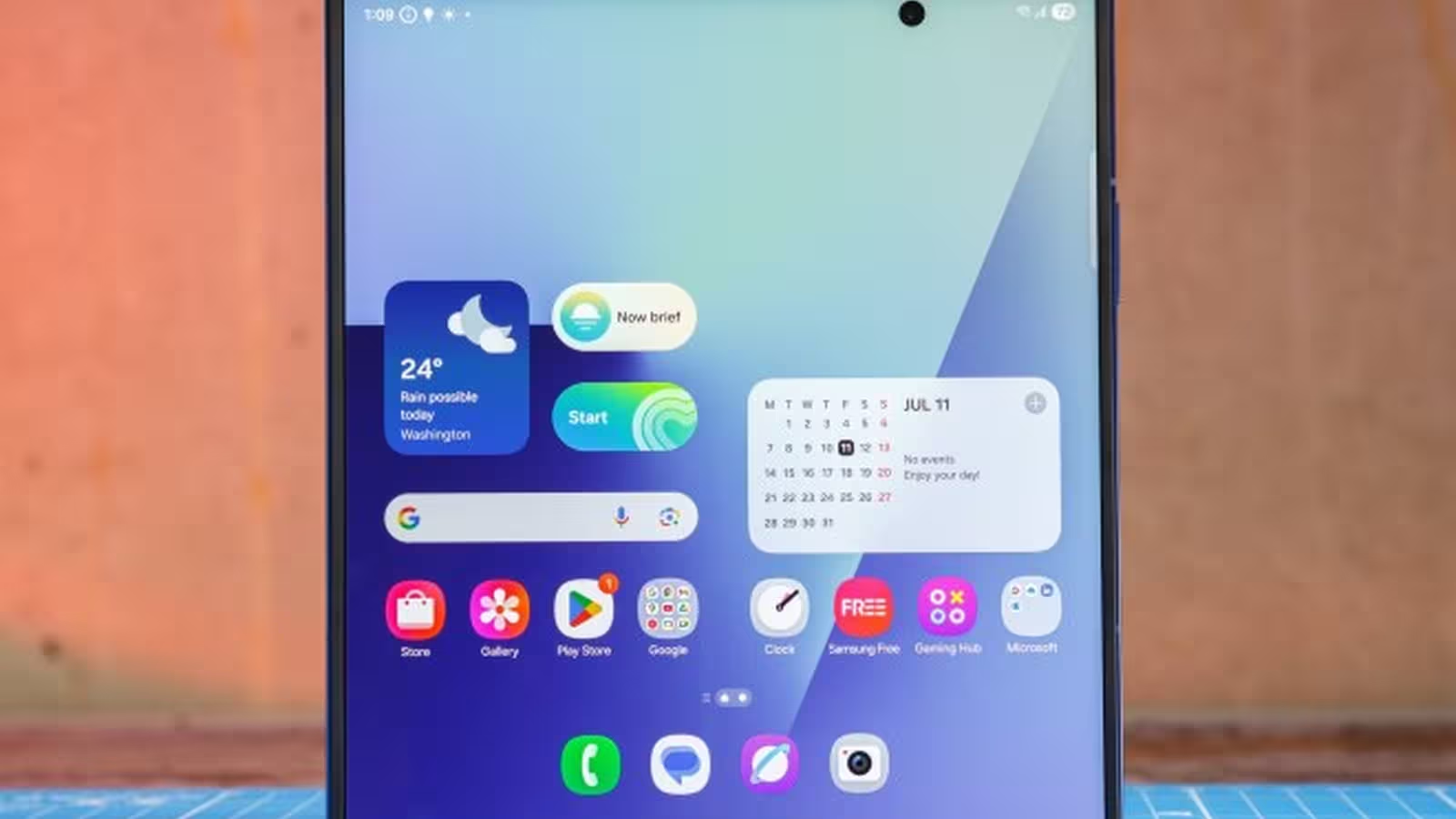6 Minutes
The Arrival of the Galaxy Z Fold 7: A Game-Changing Foldable
Samsung has officially unveiled the highly anticipated Galaxy Z Fold 7, instantly earning its place at the pinnacle of foldable smartphones. Early reviews are hailing it as Samsung’s most refined foldable device yet—so much so that some are calling it “nearly perfect.” But what makes the Galaxy Z Fold 7 stand out isn’t just technology. It’s pricing, and the ripples that high cost could send throughout the mobile industry.
Redefining Foldable Innovation
Samsung has embraced a true generational leap with the Galaxy Z Fold 7. Compared to previous iterations, this model offers a larger, more immersive display, refreshed and smarter software experiences, a significantly enhanced main camera, and a formidable next-gen processor—all housed within a remarkably slimmer chassis that competes directly with elite alternatives like the Oppo Find N5.
For tech enthusiasts, this represents the most comprehensive overhaul in the Fold series to date. But there is, of course, a tradeoff: these cutting-edge upgrades contribute to a record-breaking price tag. With a starting price of $1,999 / £1,899 / AU$2,899, the Z Fold 7 becomes the most expensive mainstream smartphone globally, outpacing its predecessor (the Z Fold 6) and other contenders like the Google Pixel 9 Pro Fold.

Galaxy Z Fold 7 Price: High Cost, High Potential
For many consumers, the nearly $2,000 starting price marks a psychological and financial barrier that is simply too steep. The previous Z Fold 6 already flirted with luxury pricing, and direct competitors have so far managed to undercut Samsung’s flagship.
Despite sticker shock, this premium pricing could serve as a catalyst for progress across the burgeoning foldable phone market. As prices climb, the foldable category can finally access the resources needed for meaningful innovation. That’s an inflection point the entire industry—and tech consumers everywhere—should be watching closely.

Why Higher Prices Might Drive Progress in Folding Phones
Price increases tend to be controversial, especially when global markets are wrestling with economic volatility and shifting tariffs. Savvy shoppers naturally want the best technology at the most reasonable cost.
Yet history shows that landmark price hikes often signal the arrival of transformative devices—and can, over time, trigger advancements throughout the smartphone ecosystem. Consider the debut of the iPhone X in 2017. At $999, it broke the four-digit price ceiling and reset customer expectations for premium smartphones, swiftly pulling competitors along for the ride. The result was a period of incredible acceleration in mobile technology, where phones like the iPhone 16 Pro Max and Samsung Galaxy S25 Ultra now deliver immense displays, professional-caliber imaging, and performance rivaling desktop PCs—all unimaginable at the old $1,000 cap.
Comparative Value: Foldables vs. Flagships and the Mid-Range Boom
The conversation around pricing isn’t just about ultra-premium models. The same forces that pushed flagship prices upward also fueled the rise of the mid-range market, with brands releasing powerful, affordable alternatives like the OnePlus 13R and Samsung Galaxy S24 FE. Notably, today’s mid-range devices offer near-flagship functionality for far less, often matching or beating the price of yesterday’s flagships.
For reference, in 2024, you can buy the Galaxy S24 FE for $649.99, or the OnePlus 13R for under $600—prices that echo pre-iPhone X days while packing hardware and software features most users demand.
Where the Z Fold 7 Stands Out
Despite eye-watering price points, the Galaxy Z Fold 7 justifies its positioning by targeting early adopters and power users who crave maximum flexibility, productivity, and performance in their mobile experience. Its foldable form factor offers unique advantages: multitasking across multiple apps on expanded screens, seamless transitions between phone and tablet modes, and unprecedented portability for mobile professionals.
Samsung’s latest innovations don’t just make it a status symbol—they set a standard for what premium foldables can (and perhaps should) deliver. Features like the upgraded hinge mechanism, advanced durability materials, and integrated S Pen functionality push the boundaries for hardware, while new One UI features enhance multitasking and app flow in ways flat smartphones can’t match.

The Impact on Consumers and the Smartphone Market
For most average users, the high cost of entry in the folding phone space still makes traditional flagships or upper mid-range devices the smarter buy. But for those eyeing the future, the Z Fold 7’s pricing could have broader implications. Higher margins allow Samsung and its competitors to invest more in R&D for durability, camera technology, and battery life—areas where foldables still lag behind slab phones.
If manufacturers take advantage of increased revenue to accelerate technological improvements, the overall quality and variety of foldables will rise, opening the door for more approachable models and, eventually, mainstream adoption.
Emergence of Mid-Range Foldables
The next major trend to watch: mid-range foldable phones. Samsung’s release of the Galaxy Flip 7 FE signals growing confidence that there’s an untapped audience for affordable foldables. If the scenario mirrors the impact of the iPhone X on the mid-range segment, we could soon see the foldable equivalent of a OnePlus 13R—devices delivering the most important folding screen innovations at prices in line with high-end traditional smartphones.
Use Cases: Who Should Buy the Galaxy Z Fold 7?
The Galaxy Z Fold 7 is crafted for users who live at the cutting-edge—mobile professionals, tech enthusiasts, and creative types who value screen real estate and flexibility above all. Ideal use cases include multitasking between productivity apps, sketching or note-taking with the S Pen, and immersive media consumption on the go. Early adopters who want the most advanced foldable in the industry—and are willing to pay for it—will find the Z Fold 7 hard to beat.
But for many buyers, today’s slab flagships and robust mid-range models will offer better value until foldable phone technology matures further. Ongoing investment, however, promises to bridge this gap rapidly.
Final Thoughts: A High Price as a Springboard for Innovation
Despite its premium price, the Samsung Galaxy Z Fold 7 could mark the start of a new era for foldable phones. If consumers remain interested at the high end and brands channel profits into genuine innovation, the industry will benefit—ultimately bringing advanced features and enhanced usability to more affordable devices in the next few years.
For now, the Z Fold 7 is a glimpse of the foldable future, blazing a trail for both market expectations and technological advancement. Whether the $2,000 milestone becomes a barrier or a launching pad depends on how the industry responds—but one thing is certain: the foldable revolution is just beginning, and Samsung’s bold pricing could be the trigger for real change.
Source: techradar



Comments